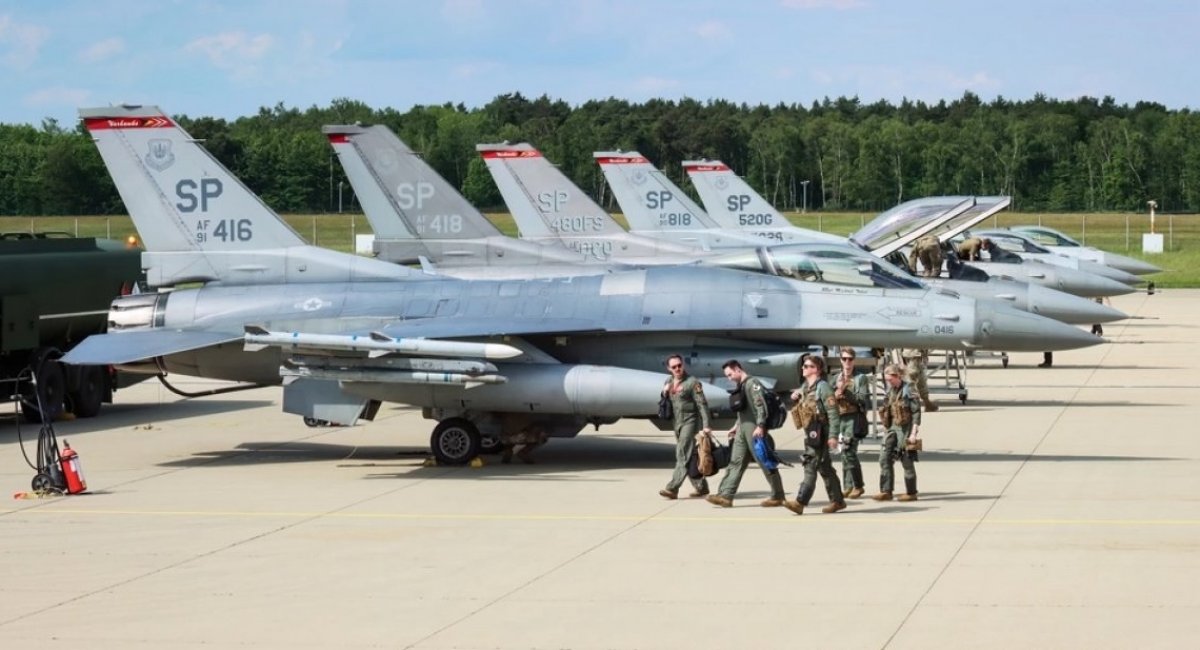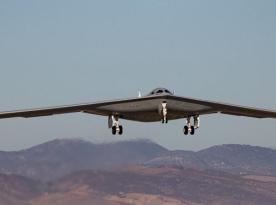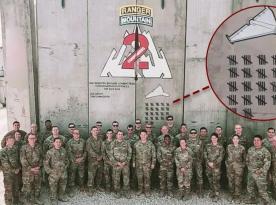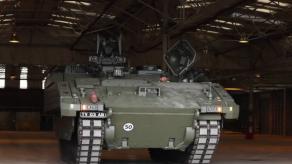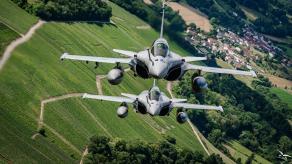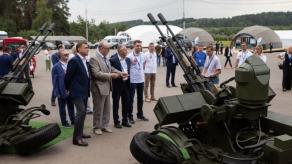RAND Corporation, a leading U.S. think tank, has issued a warning in one of its reports that despite the fact that the U.S. Air Force and many European air forces operate a number of common aircraft types such as F-35 and F-16 fighters one country would not always be able to repair or even perform maintenance on another's aircraft, even if they fly the same model.
According to Defense News, RAND cites several reasons for this complex situation ranging from differences in aircraft modifications within the same model to incompatible ground equipment and the lack of shared data and maintenance procedures.
Read more: After 8 Years Without Sub-Hunters, Italy Finally Buys Six New Maritime Patrol Aircraft
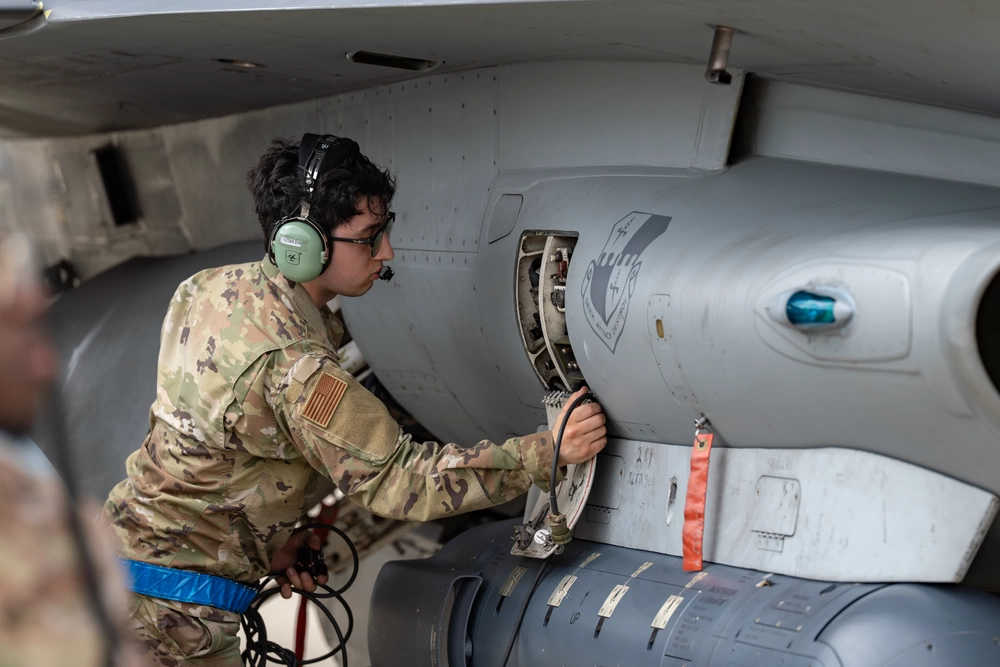
For instance, even among F-16s, issues can arise simply because aircraft may have different engines or onboard systems.
However, the biggest challenge lies not in the aircraft variations themselves but in the ground support equipment used for maintenance. Some nations rely strictly on U.S.-standard gear, while others use their own systems, and compatibility between them can be only partial at best.
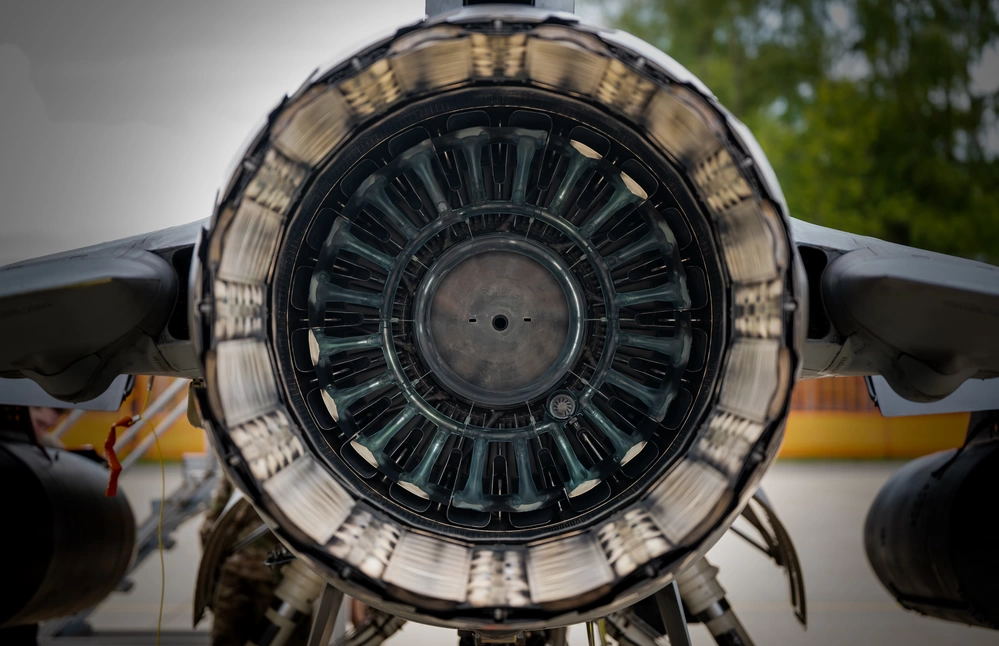
This creates a major obstacle to the U.S. Air Force's Agile Combat Employment (ACE) concept a strategy meant to quickly deploy and sustain air operations from dispersed bases. Hauling U.S. ground crews and equipment across Europe undermines the whole idea, compared to landing at an allied airfield where local technicians could handle servicing with their own compatible tools.
Part of the compatibility issue stems from U.S. security restrictions that limit how much sensitive maintenance information or equipment can be shared especially regarding fifth-generation fighters like the F-35.
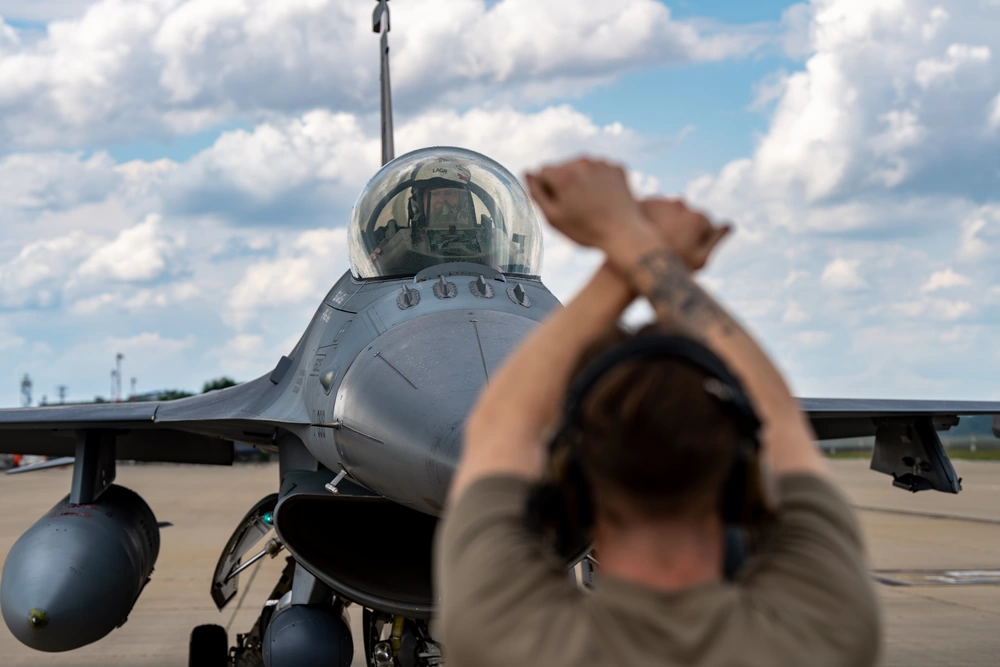
Moreover, RAND points out that the U.S. Air Force has not yet implemented practical steps based on these findings due to weak coordination among the stakeholders who should be addressing the problem.
Another RAND study identified further gaps in coordination including issues with airfield operations, emergency response, and base defense and recommends creating small liaison units with clear authority to manage cooperation with allied forces.
Read more: Ukraine's Air Force Cautions: Swedish Gripen Fighters Won't Arrive Quickly




